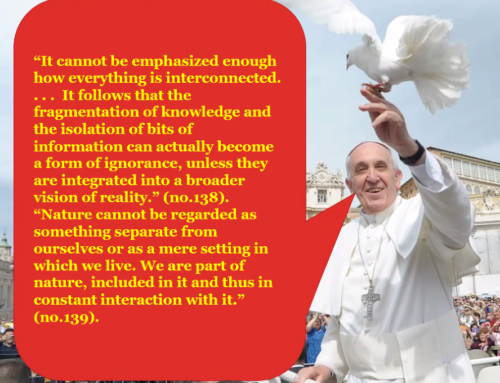Abstract
An after-death communication (ADC) is a spontaneous experience of communication with a deceased friend or family member. This study examines 1667 cases on the After-Death Communication Research Foundation website (ADCRF.org). A total of 336 (20.1%) were found to be evidential. The three main categories of evidential ADCs and previous research are discussed.
After-death communications have been reported throughout recorded history. If one includes religious visions, Jesus is the most famous example (1 Cor. 15:5-8). ADCs have been estimated to occur in 35-40% of the population (Streit-Horn, 2011, 60). ADCs occur in people of all ages, races, and religions. They are extremely comforting and helpful to the people who have them and helpful in the resolution of grief (Streit-Horn, 2011, p 73). Most ADCs are private experiences and do not provide evidence of an afterlife. The present study deals only with evidential cases.
The cases were drawn from the After-death Communication Research Foundation website (ADCRF.org) which is owned by Jeff and Jody Long. Jody Long, webmaster, kindly gave me permission to do this study, and I am grateful for all her help in making this possible.
The ADCRF website asks experiencers to submit their account and answer a brief questionnaire. Cases submitted that are not in English are translated by volunteers. While some researchers (Vincent, 2019, 49-65) include divine beings and others include strangers (aka, ghosts) (Haraldsson, 2012, 145-152), the ADCRF website and this study use this definition: An after-death communication (ADC) is a spontaneous experience of communication with a deceased friend or family member. The use of mediums, psychomanteums, hypnosis, drugs, and other forms of necromancy are excluded.
Additionally, evidential cases selected are limited to visual, auditory, significant tactile contact, and sense of presence. “Signs” used by some researchers (Guggenheim & Guggenheim, 1995) such as smells, orbs, butterflies out of season, double-rainbows, clocks starting and stopping, lamps flickering, lights flashing are excluded. Finally, this study includes persons who are awake, asleep, or in-between, in contrast to those researchers who limit their studies to those who are awake (Stevenson, 1982, 349).
I will begin with a non-evidential case of my own. It was a wonderful experience and as real today as when I experienced it, but it offers no proof to anyone but me:
About two weeks after my father died, he appeared to me in a vivid dream and said, “Son, being dead takes some getting used to, but you’ll like it”. This vivid dream was comforting to me, although before the dream I had no doubt that my father was in a good place.
Of the 1667 cases examined, 336 (20.1%) were considered evidential. These cases fall into three commonly researched categories…

